Rabar Astro Gallery
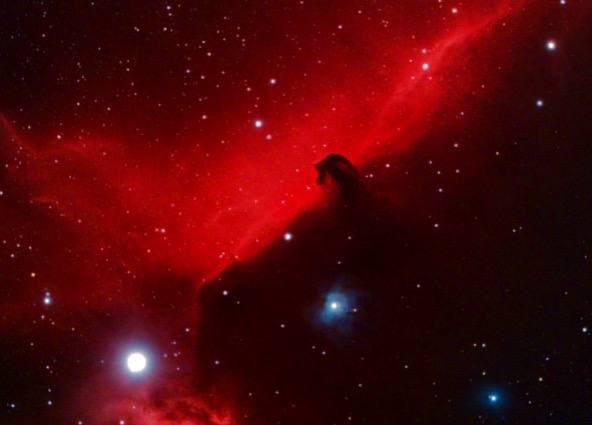
The Horsehead Nebula in Orion:
“The Horsehead Nebula is a small dark object in the Orion Cluster. It is located south of the star Alnitak in the Orion belt, and is part of the Molecular Orion Cloud
Distance to Earth: 1,500 light years
Diameter : 3.5 light-years
The large spiral galaxy next door
Although several dozen minor galaxies lie closer to our Milky Way, the Andromeda galaxy is the closest large spiral galaxy to ours. Excluding the Large and Small Magellanic Clouds, visible from Earth’s Southern Hemisphere, the Andromeda galaxy is the brightest external galaxy visible in our night sky. And, at 2.5 million light-years, it’s the most distant thing we humans can see with the unaided eye.
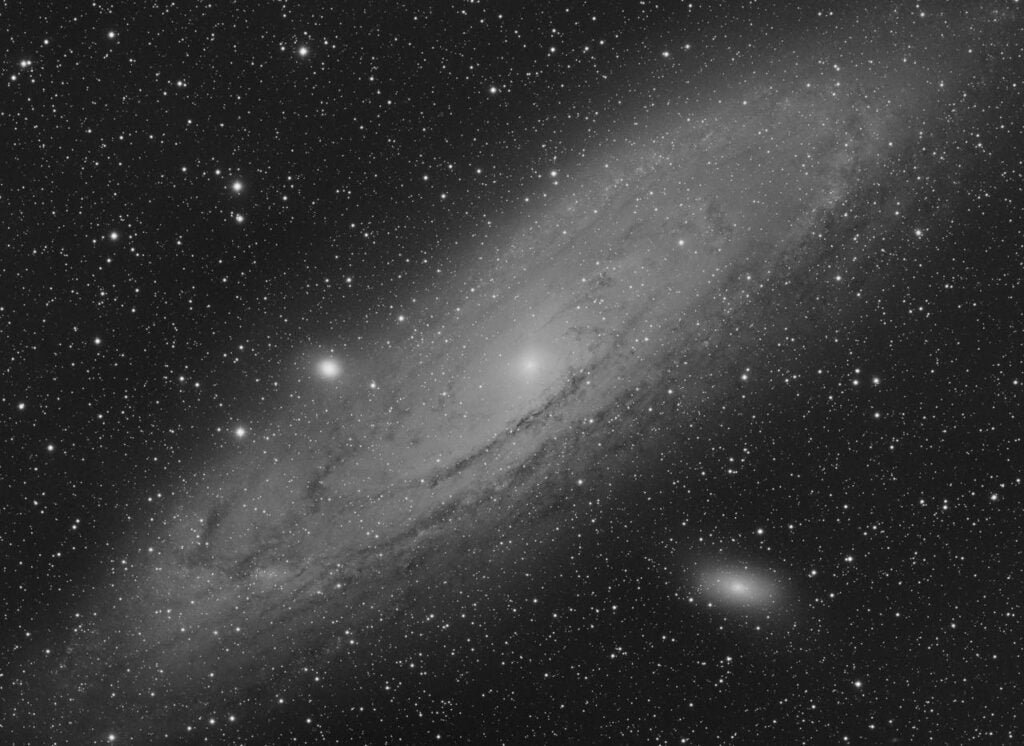
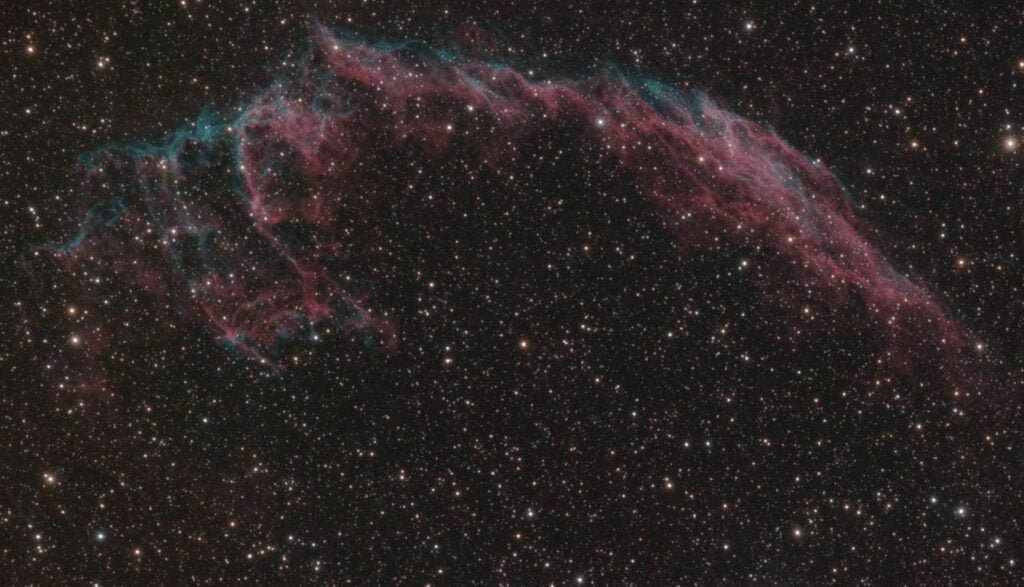
The Veil Nebula Supernova Remnant: NGC 6992
This bright part of the Veil Nebula is also known as the Grid Nebula.
The supernova star explosion that formed the Vel Nebula occurred 10,000 to 15,000 years ago, about 1,400 to 2,500 light-years from Earth.
Messier 45
The Pleiades are a group of more than 800 stars located about 410 light-years from Earth in the constellation Taurus•
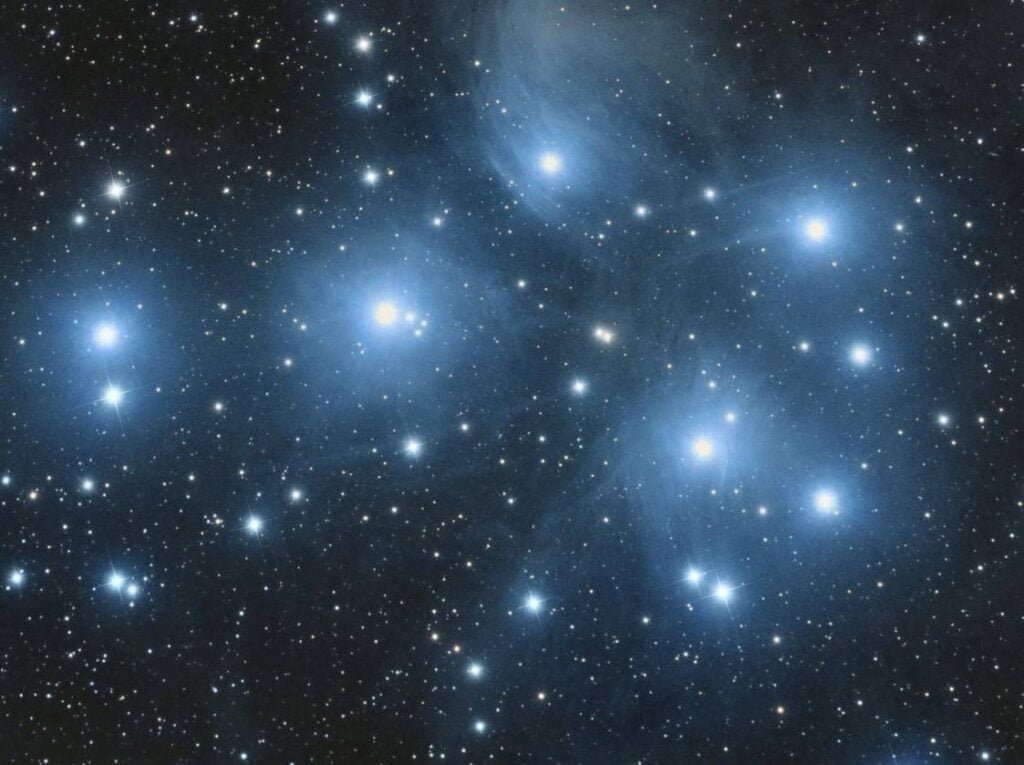
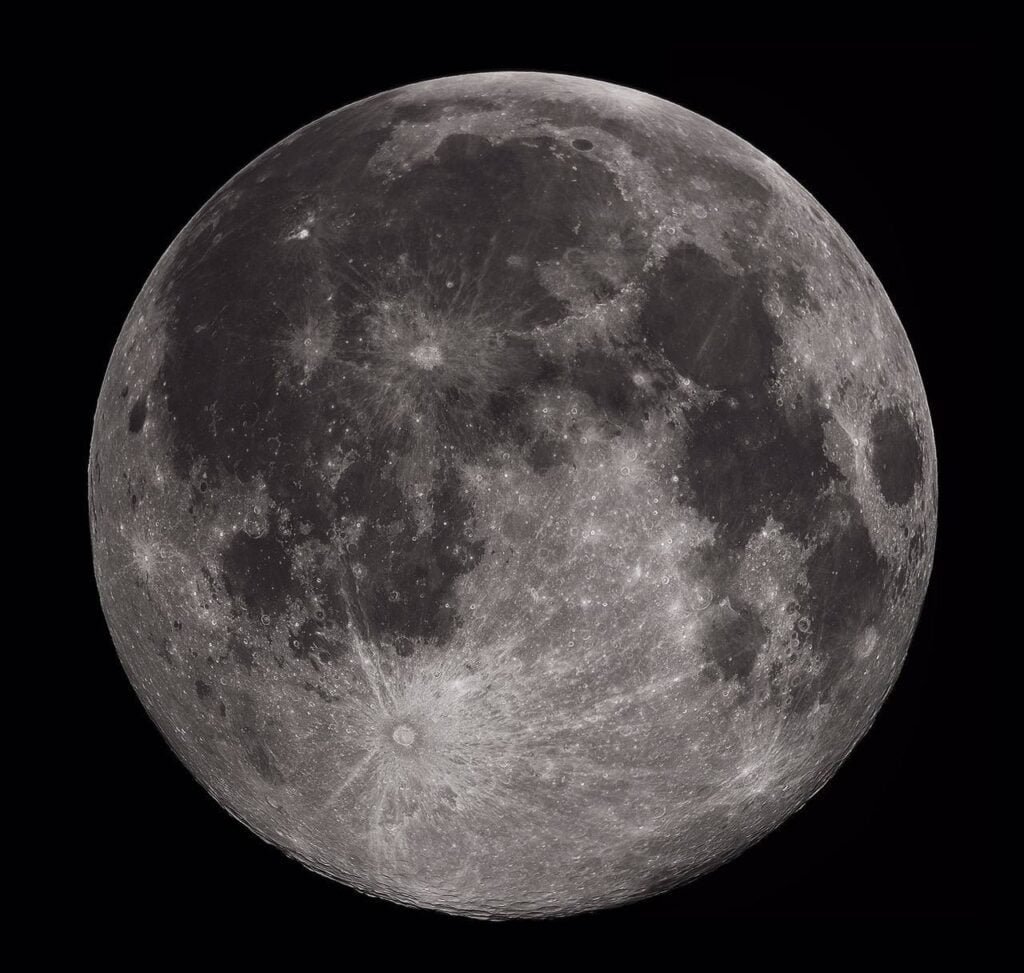
The moon
The Moon is Earth’s only natural satellite. It orbits at an average distance of 384400 km, about 30 times the planet’s diameter. The Moon always presents the same side to Earth, because gravitational pull has locked its rotation to the planet. This results in the lunar day of 29.5 days matching the lunar month.
NGC 7479 is a barred spiral galaxy about 105 million light-years away in the constellation Pegasus.
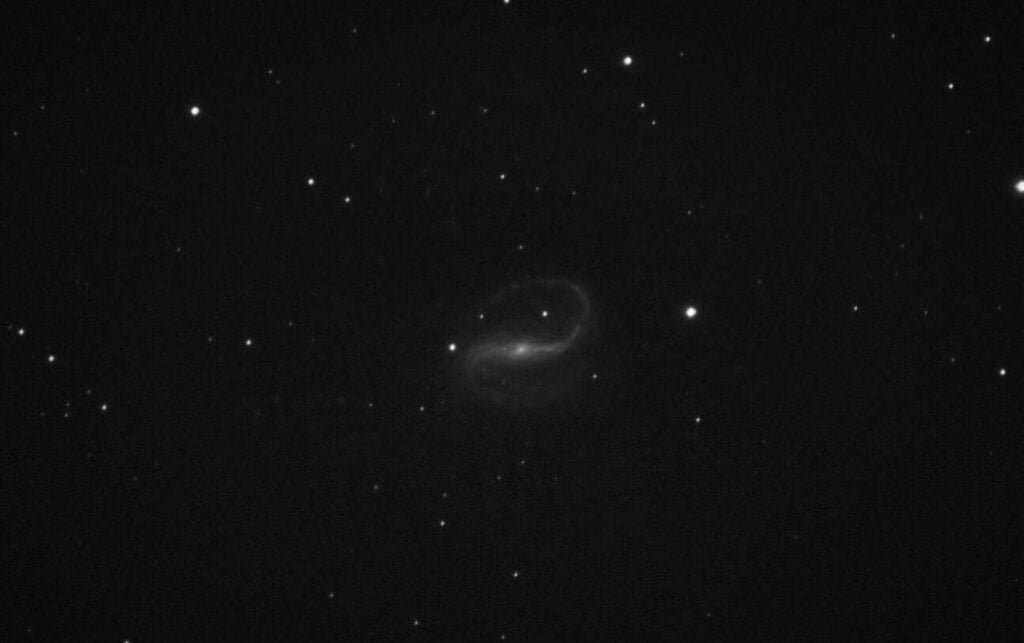
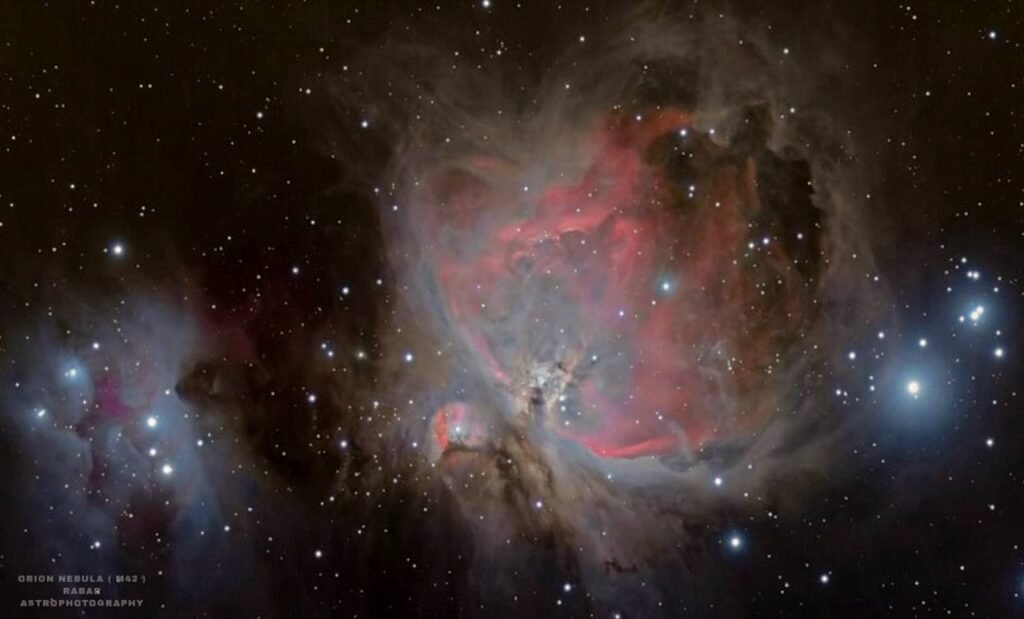
Messier 42
You can spot Messier 42, better known as the Orion Nebula, with the unaided eye from a dark sky site.
DISTANCE
1,500 light-years
APPARENT MAGNITUDE
4.0
CONSTELLATION
Orion
The Helix Nebula
The Helix Nebula (NGC 7293) is a bright, large planetary nebula located 650 light years from Earth in the constellation Aquarius. It is one of the closest planetary nebulae to Earth, as well as one of the brightest. With an apparent magnitude of 7.6 and an apparent size of 25 arcminutes, the nebula is visible in binoculars and easily observed in small telescopes in good conditions.
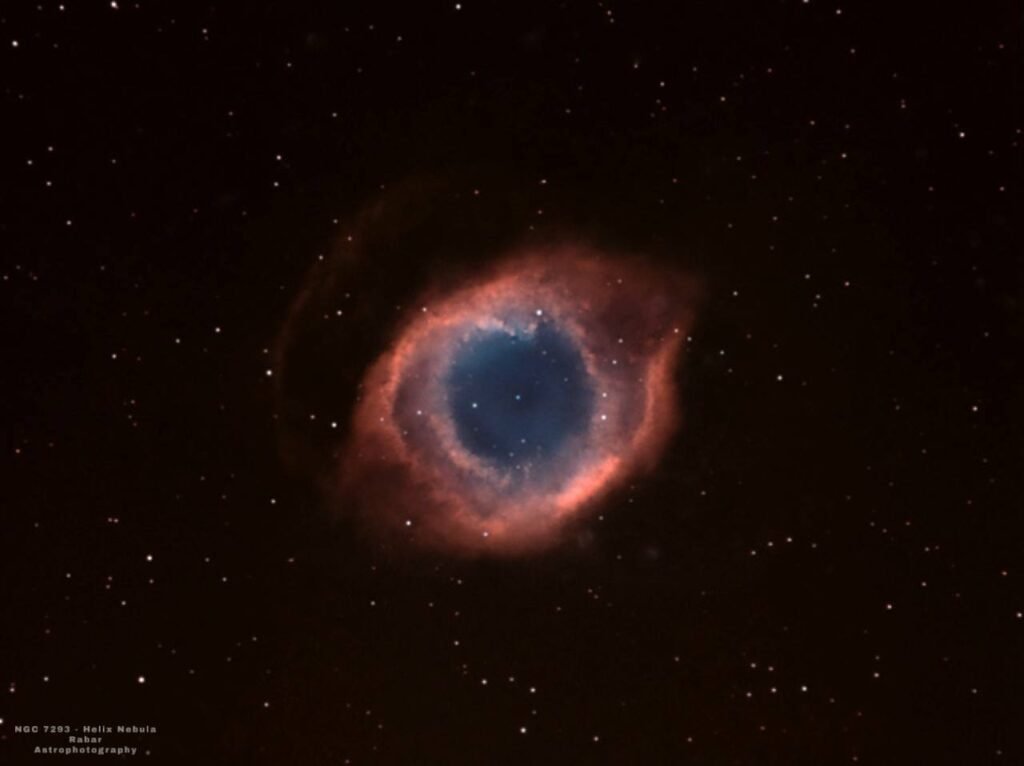

Messier 81 is a grand design spiral galaxy about 12 million light-years away
Messier 27 (Dombil Nebula)
M27 is the result of the explosion of an old star whose outer layers are reflected by its bright colors
Color
Blue represents oxygen, green represents hydrogen and red represents nitrogen
M27 shows several spots of gas and dust clouds on the inner edge, some indicating new stars. Cloud sizes typically range from 17 billion to 56 billion kilometers, several times larger than the distance from the Sun to Pluto.










